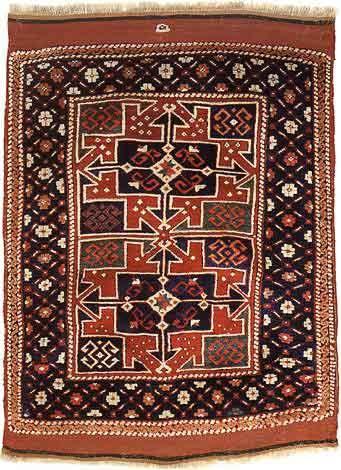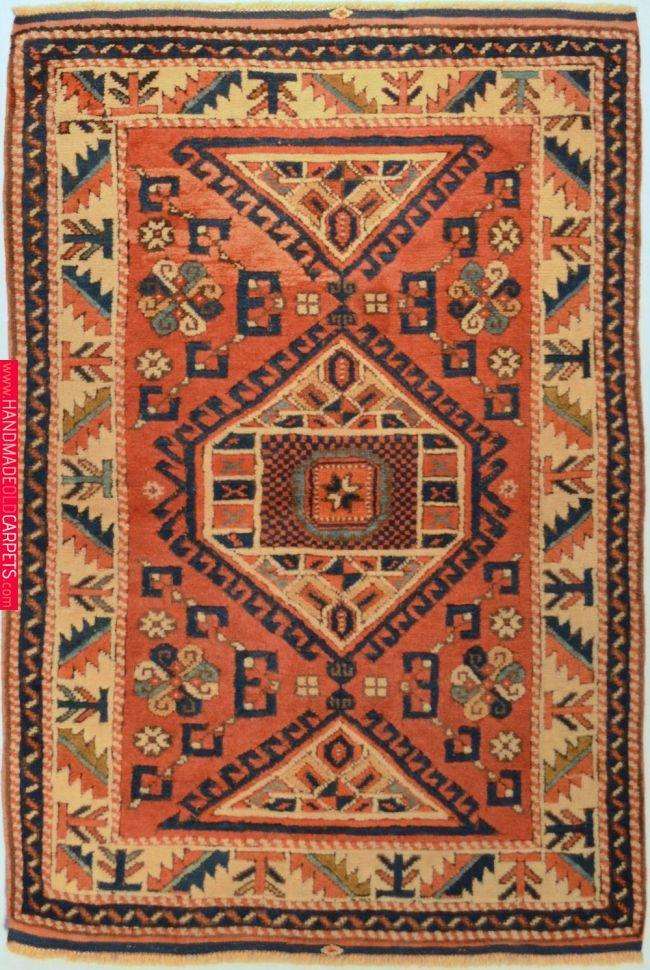Ezine Rugs
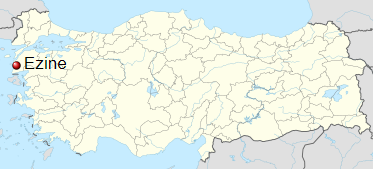
Ezine (Ezineh), formerly called Avunya, is a village in the Marmara region, Çanakkale Province, Turkey.
There are many famous weaving centers in the coast of Marmara. Ezine located on the route between Bergama and Chanakkale which are two of those famous Ottoman weaving centers.
Rug weaving in the region has a continuous tradition for at least 5 centuries. Ezine is famous for its design variety. Lots of Anatolian, Caucasian and Persian designs have a small version woven in the surrounding rural area, collected ultimately in Ezine.
Technical aspects and the structure of Ezine Rugs

Ezine pieces are double-wefted, all-woolen and coarsely woven with symmetric (Turkish) knots. Knot densities are about 40 to 80 knots per square inch.
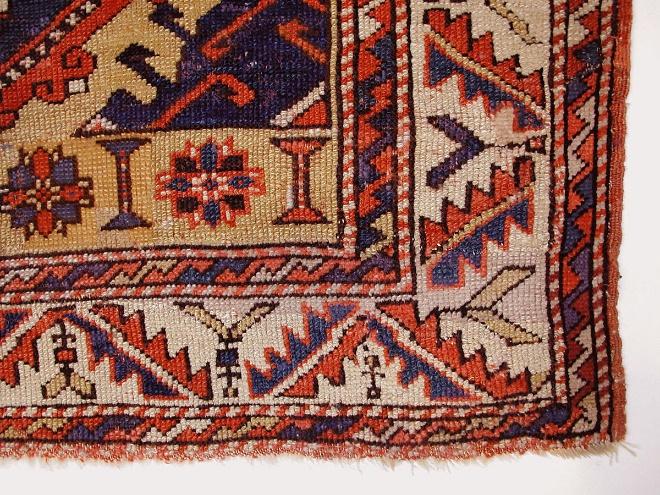
Ezine rugs have kilim endings. The kilim bands used for finishing are mostly red and rather wide.
Dyeing and painting of Ezine Rugs
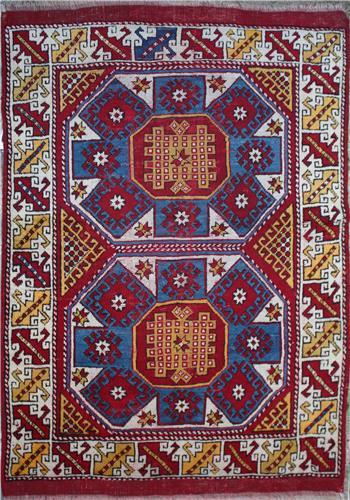
Ezine palette is limited and therefore distinctive in coloring. Lots of Ezine pieces are painted with only three, four or five shades, including light and dark blue, red, white and camel of yellow.
Familiar geometric designs of the old Anatolian school, find new features here as the result of simplified colorings. Wefts are mostly red. Kilim-endings (plain weave at both rug’s ends) are red.
Designs and patterns of the Ezine Rugs
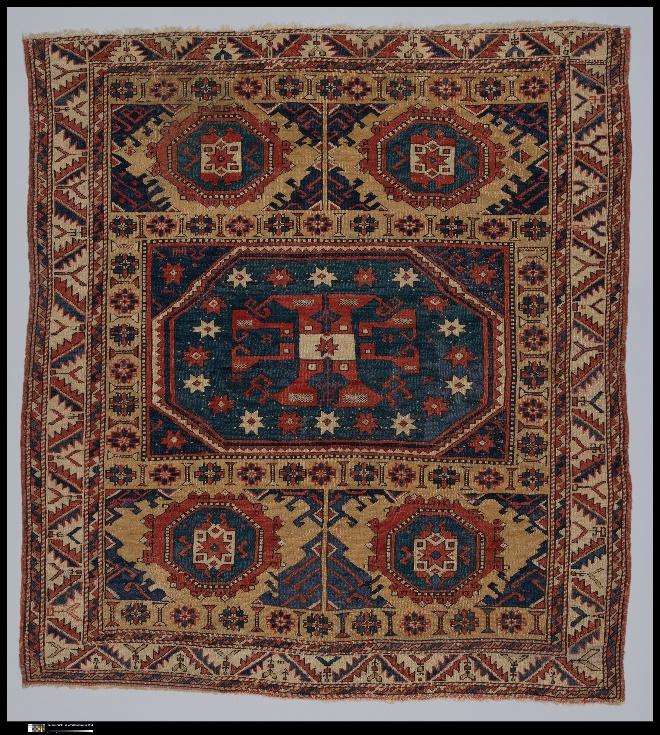
Ezine designs consist of geometric patterns, rectangular medallions with projecting arrows. Star and cross-shaped medallions. A type of star medallion attributed to Enize, consisted of an eight-lobed star with a little hexagon in the middle and framed by a large hexagon. This may serve as central, double and triple medallion designs.
Persian and Caucasian border designs are common here, such as the one called “leaf and calyx” “leaf and goblet”. Called Dust-Kami in Persian, meaning “friendly salute”, the design consists of goblets and dented leaves.
Tabak (also called Kaikalak) is a popular motif here used for kilims as well as pile rugs. It consists of four opposing ram’s horns around an unapparent square with a diamond in the center.
